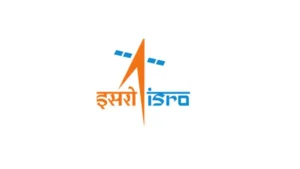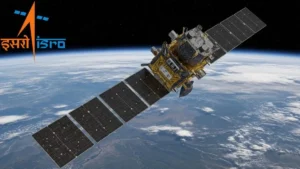NASA’s Transiting Exoplanet Survey Satellite (TESS) has made a significant discovery—a super-Earth located in a habitable zone, offering tantalizing possibilities for the conditions conducive to life. This discovery sheds light on the diversity of planets in our universe and the potential for habitable worlds beyond our solar system.
Unveiling TOI-715 b
A Rocky World in a Neighborly Distance
The newly discovered exoplanet, named TOI-715 b, is situated in a solar system 137 light-years away from Earth. In cosmic terms, this distance is relatively close, offering astronomers a valuable opportunity for detailed study. TOI-715 b stands out due to its size and composition; it is approximately 1.5 times the size of Earth and is primarily rocky.
Habitable Zone Orbit
TOI-715 b’s orbit around its star places it squarely within the habitable zone, often referred to as the “Goldilocks” zone, where conditions might be just right for liquid water—and potentially life—to exist. Despite its 19-day orbit being significantly shorter than Earth’s year, the planet’s red dwarf star is cooler and smaller than our sun, suggesting that TOI-715 b avoids the scorching conditions found on other closely orbiting exoplanets.
The Role of TESS and Future Investigations
Discovering Worlds with TESS
TESS, an orbiting NASA telescope, is specifically designed to detect exoplanets as they transit, or pass in front of, their stars. This method allows scientists to infer the presence of planets and gather data on their size, orbit, and other essential characteristics. The discovery of TOI-715 b showcases the satellite’s capability to identify promising candidates for further study.
The James Webb Space Telescope’s Upcoming Role
The James Webb Space Telescope (JWST), positioned about 1 million miles from Earth, is set to play a crucial role in the next phase of investigating TOI-715 b. With its advanced technology, JWST can analyze the atmospheres of distant exoplanets, offering insights into their composition and conditions. Astronomers eagerly anticipate using JWST to explore TOI-715 b’s atmosphere and the potential for habitability.
Implications for the Search for Extraterrestrial Life
The discovery of TOI-715 b in the habitable zone around a red dwarf star reinforces the importance of these stars as targets in the search for life beyond Earth. Rocky planets in such zones are prime candidates for hosting life-supporting environments, and the unique characteristics of TOI-715 b make it an intriguing subject for future research.




 ISRO Launches RESPOND Basket 2025, Calls...
ISRO Launches RESPOND Basket 2025, Calls...
 LVM3-M6 Rocket Set to Launch on December...
LVM3-M6 Rocket Set to Launch on December...
 Michaela Benthaus to Make History as Fir...
Michaela Benthaus to Make History as Fir...







